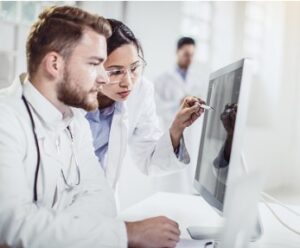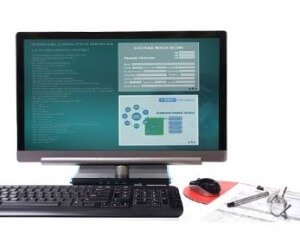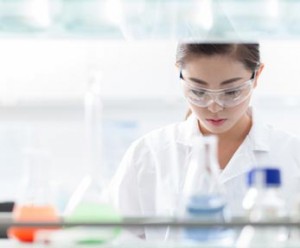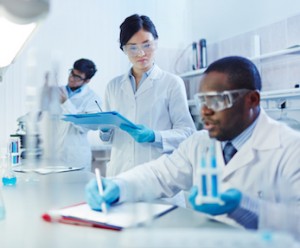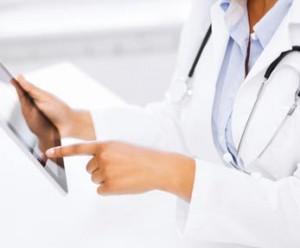Cybersecurity in Healthcare: Roles & Systems to Know
Healthcare cybersecurity is multifaceted, encompassing numerous physical and digital systems and key employee roles. From a physical standpoint, healthcare cybersecurity systems can include security cameras, computer hardware, access control systems, and biometric authentication devices.
AI in Healthcare and Clinical Decision Support – Expert Interview
AI-powered tech could make healthcare more affordable, equitable, effective, and accessible. This isn’t just hype: preliminary research suggests wider AI adoption could lead to a 5 to 10 percent savings on US healthcare spending annually, translating to roughly $200 million to $360 billion per year (NBER 2023). The potential is massive.
The Evolution of Medical Coding: AI & Autonomous Coding
Administrative costs account for up to a quarter of all US health expenditures, with billing coding costs being one of the top drivers (JAMA 2021). Staffing shortages and coding complexity have worsened matters. But major breakthroughs in automating aspects of the medical coding process may point toward a long-term solution. Already, some provider organizations have implemented autonomous coding in high-volume outpatient specialties such as radiology, pathology, emergency medicine, urgent care, and primary care.
Value-Based Care and Healthcare Data Management
Healthcare’s tectonic plates are shifting. One such plate is value-based care, which has healthcare leaders reconsidering how success is measured. An alternative to the fee-for-service model, value-based care ties provider payment to the quality of care provided rather than the amount of care provided.
Medical Devices Expected to Change the World
New medical innovations emerge daily that improve health and extend lifespans. Much of the credit for such advancements go to a plethora of new medical device startups and university research labs.
Healthcare Technology: What to Know About Telehealth
Telehealth is here to stay. Accelerated by the Covid-19 pandemic, what once was a fringe form of clinical communication is now a major pillar of the healthcare system. Powered by modern technology, and acting as part of an overall hybrid approach, it helps address the most pressing challenges healthcare faces today, particularly around access.
Medical Lab Professionals Week – Interview with ASCP Executive Director
This year’s Medical Laboratory Professionals Week runs from April 23-29, 2023. It’s an annual celebration of the medical laboratory professionals and pathologists who play a vital role in healthcare and patient advocacy. It’s also an opportunity to reflect upon the many changes to the field over the years and to look ahead at what’s next.
National Physical Therapy Month – Expert Interview & Advocacy Guide on PT Assistants (PTAs)
Physical therapy assistants (PTAs) play a vital role in physical therapy treatment. They work alongside physical therapists to help patients exercise, stretch and do other exercises written in a treatment plan. PTAs also help patients with activities of daily living, such as bathing and dressing.
Useful Mobile Apps for Medical Technologists
During the popularization of apps, computer scientists and medical professionals saw the opportunity to use the format to benefit the healthcare industry. So they joined forces to apply the format to assist with medical visualizations, career development, diagnostics, and patient treatment
Ask a Doctor: What Are CBD’s Health Benefits?
CBD is a natural component of the plant Cannabis sativa. There are over 500 chemical substances naturally occurring in Cannabis sativa and over 100 of those are cannabinoids. CBD and Tetrahydrocannabinol (THC) are the most well-known cannabinoids. THC is the primary psychoactive component of cannabis; conversely, CBD does not cause any intoxication or high in the user.
